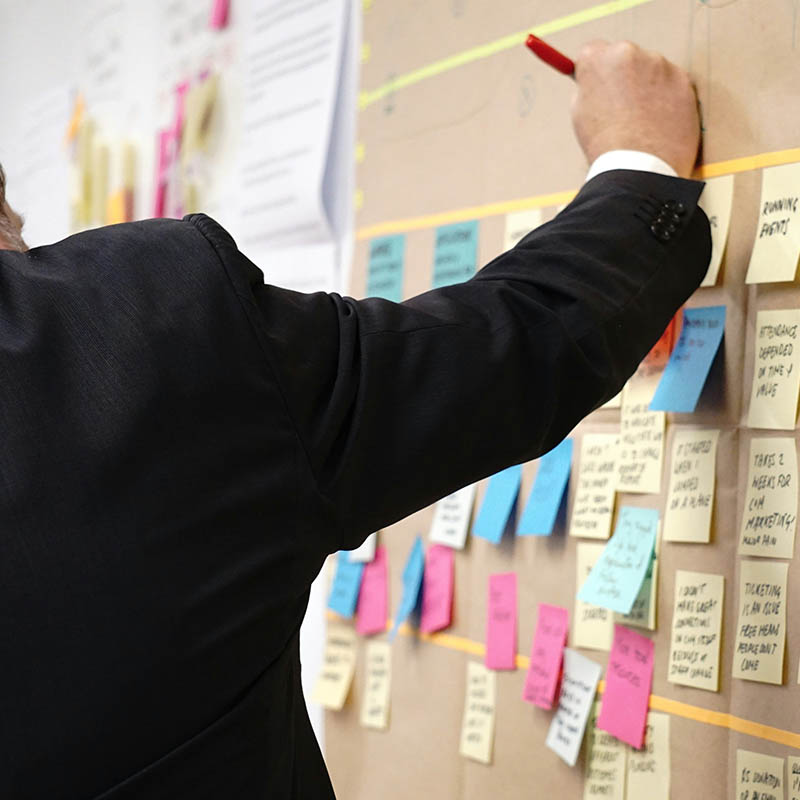Enhance your organizational performance
We help you build a high-performance organization
Is your team really set up for success?
Does everyone know what their responsibilities and goals are?
And are you doing everything you can to get the best out of your employees?

- Our Solutions
Here’s how we develop your organization

Organizational Structure and Job Descriptions
Our organization experts help you develop an org-structure that truly supports your strategy. Based on best practices, we make sure that the right roles get the right attention, and everyone has clear reporting lines.
In addition, we help you build out consistent and complete job descriptions for all of your roles. So no more dropped balls and unclear responsibilities. For high employee satisfaction and performance.
Target Operating Model
Your org structure is a great first step. We help you transform it into a Target Operating Model. Adding processes, communication structure and tools to the mix converts your org structure into an efficiency powerhouse.


Target Setting and Performance Appraisal
Your team needs clear direction and goals. And a reward if they reach them. Our team of organization experts helps define and implement target setting and performance appraisal for your team. You chose from a modern set of target setting and performance review methodologies, like 1:1 reviews, 360° feedback. We help you find the setup that’s right for you and your business.
Motivate your team to do what drives most value.
Learning & Development


Recruiting & Onboarding
Your growing business needs to acquire the best talent. And then onboard them effectively and quickly. Our consultants help you set up streamlined recruiting processes for quicker staffing and reduced risk of false hires.
And we help you define thorough, engaging and plannable onboarding of new employees. They’re operational quicker, and engaged right from the start.
You’re not alone
These clients have benefited from our
organizational development services.

Merak Capital | Riyadh, Saudi Arabia
Ben and Asamby are a joy to work with. They produce top-notch work with extreme attention to detail. Nothing is undoable to them. You give them a problem, and they'll figure out how to tackle it and break it down into digestible solutions. I highly recommend them to anyone who wants top-tier work with genuine and professional individuals.

Tetri's Smile | Miami, FL
Benjamin helped me to start my business, to open the doors so we can smoothly start treating our first patients. the work he performed is unbelievable. Highly professional team builder! management and organizational behavior is his major! We highly recommend Benjamin as chief consultant to run your business successfully
- Our goal is to make you more successful.
These Deliverables help along the way
We don’t do PPT. We work in your environment to create actionable deliverables that have a real impact in your organization. Here are some of our favorites.
Book a free 30-minute discovery call
Schedule a free, no-commitment call to discuss your needs.
















